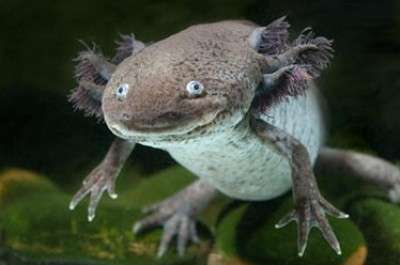The future of regenerative medicine

(Medical Xpress)—If regenerative medicine is to become a reality, research efforts must now focus on the environment that stem cells need to grow and transform, a review has found.
The review was published in Nature Medicine by leading researchers in regenerative medicine, Professor Nadia Rosenthal from the Australian Regenerative Medicine Institute (ARMI) at Monash, and Professor Stuart Forbes from the MRC Centre for Regenerative Medicine at the University of Edinburgh.
Professor Rosenthal likens the approach of regenerative medicine to sowing a seed that requires healthy soil to grow and develop.
"In stem cell-based therapies, a body's damaged tissue is the soil, and it is imperative that this tissue is prepared and ready for the stem cell seed," Professor Rosenthal said.
"The field is now focusing attention on the body's immune response to tissue damage. Although a perturbed immune reaction can lead to detrimental inflammation and scarring, the immune system also controls inflammation, influences stem cells and stimulates the matrix micro-environment to prepare this soil.
"We see radically different immune profiles in the injured tissues of highly regenerative animals such as fish and salamanders, as well as in mammalian embryos. Retaining a balanced immune response is imperative to allow regenerative therapies to meet their full potential in adult tissues."
The review described recent progress made in understanding stem cells and their ability to treat lost or damaged tissues by, 'seeding' injured tissue.
As degenerative diseases are a significant burden in terms of morbidity, mortality and healthcare costs, Professor Rosenthal said a more integrated approach could bridge the many gaps in current knowledge.
"Advances in our basic understanding of regenerative processes could make a major difference to the treatment of many degenerative illnesses," Professor Rosenthal said.
"Whilst there have been successes in the lab, effective therapies are yet to emerge. We believe that insights from studying tissue restoration in more highly regenerative animals, or in early mammalian life, has the potential to change the face of modern medicine.
"The use of stem cells in bone marrow transplants, to replace or restore normal blood function, is a classic example of regenerative medicine, but we need to know more about the local crosstalk between stem cells, the extracellular environment and the immune response in solid tissue damage to successfully treat a range of other diseases."



















